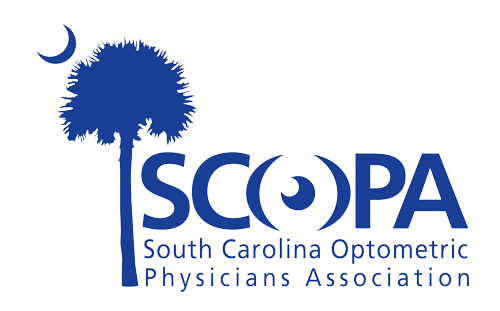
SCOPA 2022: Low vision considerations, treatments, and tools

Jamie Ho, OD, FAAO, FCOVD, shares highlights from her SCOPA 2022 presentation, "Tools and considerations for low vision rehabilitation."
Jamie Ho, OD, FAAO, FCOVD, neuro-rehabilitation optometrist with subspecialties in low vision and brain injury, speaks with Optometry Times® editor Kassi Jackson, sharing highlights from her presentation, "Tools and considerations for low vision rehabilitation," which she presented during this year's South Carolina Optometric Physicians Association's (SCOPA) annual meeting in Hilton Head.
This transcript has been lightly edited for clarity:
Jamie Ho, OD, FAAO, FCOVD:
We're going to talk about low vision, what it is...[and] about the different types of visual impairment.
A lot of times [when] people think low vision, they think about legal blindness, which legal blindness is part of low vision. But there are also many patients who would benefit from low vision services, who actually have much better acuity and fields. And most optometrists will think, "You know, they might not qualify for low vision."
And we're gonna talk about different elements of the low vision exam.
So, different types of ways to assess visual acuity, different types of visual fields involved, besides just threshold field, kinetic fields, what Amslers can tell us clinically, as well as functionally.
We're gonna talk about why it's important to trial frame refract these cases, contrast sensitivity evaluation.
Finally, we're going to talk about the low vision tools such as managing light and glare, simple things like filters, how to position light to optimize reading.
And then we're gonna talk about magnification, traditional magnifiers, handheld magnifiers, some of the caveats that we see with magnification and increasing magnification, spectacle magnifiers hands-free options, specialized devices, such as bioptic telescopes, and rules associated with telescope driving.
And then we're going to talk about cutting edge things like digital wearables, which are probably in the foreseeable future.
Newsletter
Want more insights like this? Subscribe to Optometry Times and get clinical pearls and practice tips delivered straight to your inbox.













































.png)


